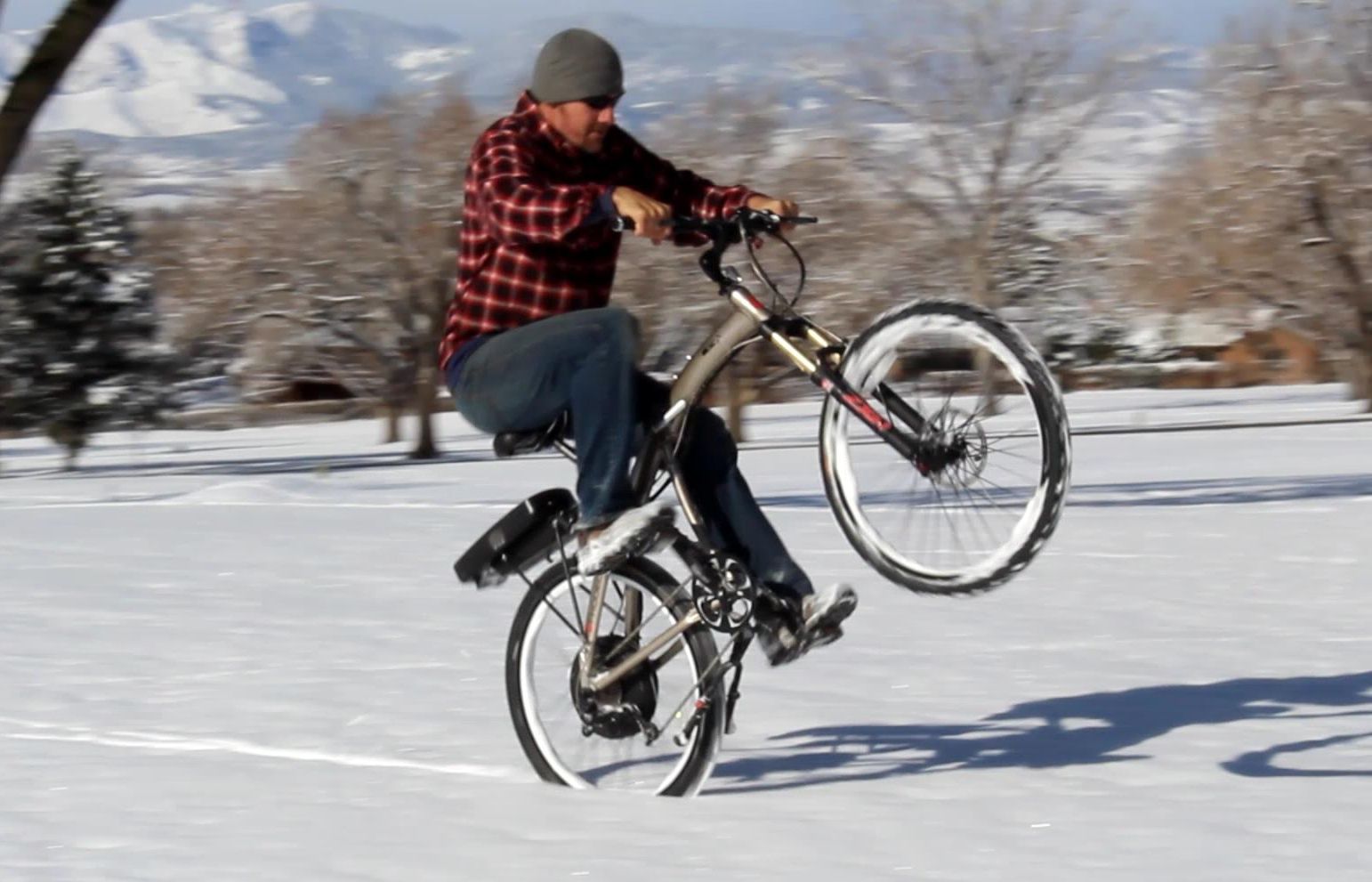
“When Should You Change Your Avalanche Transceiver Batteries?”
[The first thing you should do is consult the user manual of your avalanche beacon (you can find them online) and read at what battery percentage your beacon company recommends the batteries to be changed.]
This is a question that comes up again and again and there are different answers to this question. We’re going to share with you some of the industry standards that we know of and why they are what they are. The best idea is to be conservative, only use alkaline batteries, change your batteries frequently, and don’t let you batteries get below 60%.

Q: When Should You Change Your Avalanche Transceiver Batteries?
A: “At Mammut, they recommend changing your batteries at 40% (remaining battery power) with alkaline batteries. This percentage should be from your avalanche beacon outside and in the cold. One problem people encounter is checking their battery power inside where it’s warm and then they go outside and the battery percentages drop dramatically. We recommend that you have enough battery power to be able to send for 20 hours at +10C (the approximate temp against your body) and then search for 1 hour at -10C (a cold outdoor temp) and the cut-off for this is at 40% battery power in our beacons.” – Mammut employee
A: “At Rainier Mountaineering Inc., they make sure clients change their batteries in their avalanche receivers at a battery power of 60%.” – Miles Clark
A: “I change my batteries anytime I notice them below 70%.” – mountain guide
A: “I change my batteries anytime I see them below 90%.” – recreational skier

Q: What Are the Basic Avalanche Transceiver Battery Life Requirements?
A: “The standard avalanche transceiver battery test (as specified in EN 300-718) requires that the transceiver is left in transmit mode for 200 hours at 10C (50F) and it should then be able to receive a signal for at least one hour at -10C (14F).” – beaconreviews.com
Q: What Are The Best Batteries To Use With An Avalanche Transceiver?
A: Use Alkaline batteries only. Lithium batteries are difficult for avalanche receivers to read and they will be inaccurate in displaying the percentage of battery charge remaining. Lithium batteries often hold a consistent charge for a long time, then suddenly drop to nearly 0%.
A: Never use rechargeable batteries. Period.






These are not useful now in Tahoe due to lack of snow.
.
PS. used one last week at Snowbird after 40″ new in 5 days.
Unless you have been living under a rock,
Lake Tahoe has had three above average snow fall seasons and tons of avalanches inbound and backcountry. So you’re wrong to say that you don’t need an avalanche transceiver in Lake Tahoe.
More people need to embrace modern technology and wear transceivers and carry all the necessary avalanche recovery gear and get the proper training on how to use it .
Comments like yours discourage people from thinking that they need avalanche safety equipment and will put themselves and others at risk for thinking that they are immune to the inherent risks of backcountry travel.
Everyone who travels in the backcountry in winter needs to carry avalanche safety equipment.